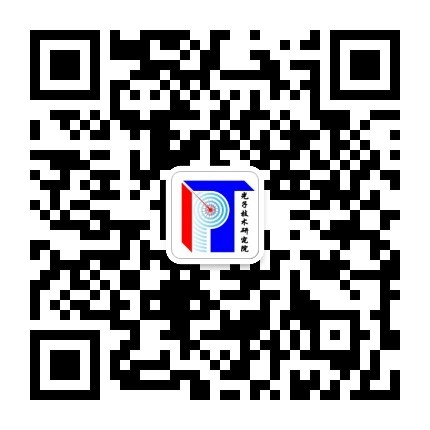报告题目:光与二维半导体材料的相互作用(Light-Matter Interaction in Two-Dimensional Semiconductors )

报告人:权佳敏
主持人:邓子岚
时间:2024年9月26日上午10:00-11:00
地点:学院楼B4栋2003会议室
Title:Light-Matter Interaction in Two-Dimensional Semiconductors
Abstract: The study of light-matter interaction is at the forefront of advanced optoelectronic devices, opto-quantum devices, and fundamental physics. The decreased dimensionality of two-dimensional (2D) materials leads to enhanced environmental sensitivity and light-matter interaction, providing an excellent platform for investigating new optical phenomena. In this seminar, I will discuss two different strategies to control light-matter interaction in 2D semiconductors. The first strategy focuses on the materials themselves, employing various techniques, including heterostructures, strains, and defects, to manipulate their intrinsic properties and alter their interaction with light. Specifically, I will highlight how stacking two monolayers together creates the moiré superlattice to renormalize light-matter interaction in 2D semiconductors. The second strategy involves leveraging optical cavities to control local light density, thereby influencing the interaction between light and matter. In the weak coupling region, I will present the discovery of a series of dark exciton resonances achieved by coupling a monolayer semiconductor to plasmonic nanocube cavities. Additionally, I will introduce a novel resonant geometry characterized by a high-quality factor and an ultrasmall mode volume, which allows for achieving ultra-low threshold interlayer exciton lasing. In the strong coupling region, I will reveal the emergence of light-matter hybrids in the layered magnetic semiconductor CrSBr, even without external cavity mirrors. By extending correlations between magnetic, electronic, and optical properties to deep states within the material's band gap, I will demonstrate that hybrid light-matter excitations can significantly enhance the spectral bandwidth of magneto-optic responses.
光与二维半导体材料的相互作用
二维半导体材料凭借其独特的维度优势,展现出丰富的光学特性,成为研究光与物质相互作用的重要平台。本报告将介绍两种调控光与二维半导体材料相互作用的策略。首先,通过异质结构、应变和缺陷等手段调节材料的固有特性,进而改变其与光的相互作用,特别是利用莫尔超晶格重塑准粒子的特性。其次,利用光学腔体调控局部光密度,实现不同强度的光-材料耦合,从而影响光-材料的相互作用。在弱耦合区域,我将展示通过将单层半导体与金属纳米腔耦合,激发新型暗激子共振模式的研究成果。此外,我还将介绍一种具有高品质因数和超小模体积的新型共振结构,该结构实现了超低阈值的二维半导体层间激子激光。在强耦合区域,我将阐述如何通过控制光与磁激子杂化的比例,调节材料的磁光特性,开辟腔控磁光响应的新方向。
报告人介绍:
权佳敏,同济大学物理科学与工程学院教授,国家级青年人才,上海市青年领军人才,上海市浦江人才。研究主要聚焦于纳米尺度下光与物质的相互作用,涵盖二维材料、纳米光子器件及两者的交叉应用。近年来,发表论文30篇,其中以第一作者(含共同一作)在Nature、Nature Materials (封面)、PNAS、Nano Letters等期刊上发表了8篇文章,并参与编写英文专著一部,论文总引用次数超过2400次。


